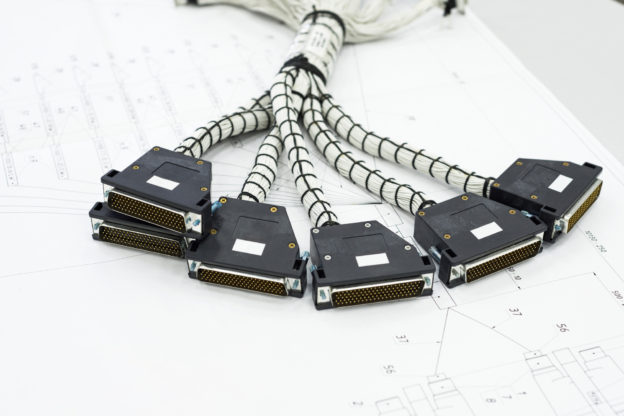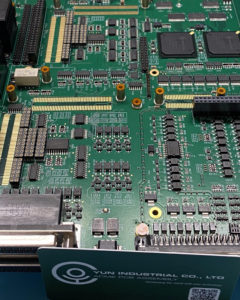 Before the 1960s, the through-hole assembly process for mounting components onto printed circuit boards was the only game in town. It was labor-intensive and required a lot of space, but it was the only option. That all changed with the rise of surface mount technology (SMT), which allows for components to be mounted directly onto a printed circuit board’s surface. Since SMT doesn’t require drilling holes through a PCB, its components are much smaller and can be mounted on each side of the board. The result is a denser, smaller PCB that can perform much better than a PCB using through-hole technology.
Before the 1960s, the through-hole assembly process for mounting components onto printed circuit boards was the only game in town. It was labor-intensive and required a lot of space, but it was the only option. That all changed with the rise of surface mount technology (SMT), which allows for components to be mounted directly onto a printed circuit board’s surface. Since SMT doesn’t require drilling holes through a PCB, its components are much smaller and can be mounted on each side of the board. The result is a denser, smaller PCB that can perform much better than a PCB using through-hole technology.
When SMT came on the scene, many engineers believed it would harken the death of through-hole PCBs. However, while SMT does reign supreme, through-hole is still with us today. In very specific circumstances, through-hole PCBs are a better choice than their SMT counterparts.
A Few Important Uses for Through-Hole PCBs
Through-hole PCBs may be bigger and clunkier than SMT PCBs, but they do offer up one important advantage. Through-hole components are attached far more securely than SMT, which gives them a much stronger connection between layers. SMT connections are strong enough for the vast majority of products that people use in their day-to-day lives, but for machines that must operate in extreme environments, through-hole is the more reliable and stable option.
For example, through-hole PCBs can be commonly found in machines in the military and aerospace industries. Oftentimes, these machines must survive extreme temperatures, forceful collisions, and rapid accelerations. Through-hole is the ideal reliable and resilient mounting option for these types of products.
Prototypes
The other area where you are most likely to find through-hole mounting is in product prototypes. Through-hole is often preferred in prototyping, because it is much easier to adjust and replace components as the prototype undergoes testing and design alterations. If you are dreaming up an exciting new product, you’ll want to reach out to a printed circuit board vendor that is adept at through-hole mounting. This will give you more flexibility as you put the prototype through its paces.
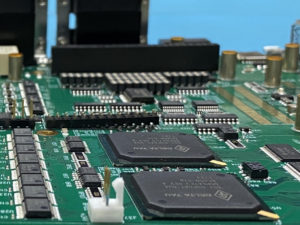 Find Your SMT and Through-Hole Vendor
Find Your SMT and Through-Hole Vendor
No matter what your industry or product line, it is smart to look for a printed circuit board manufacturer with both SMT and through-hole experience. This will allow you more choice and more control over your final product. At ACME PCB Assembly, we offer extensive experience in both SMT assembly and through-hole assembly.

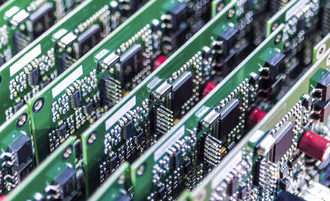
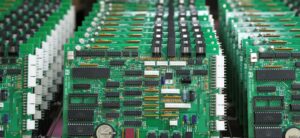 The
The 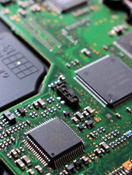 Adding the silkscreen is typically the final step in PCB fabrication, done while the boards are still panelized. The ink used must be carefully chosen to withstand the chemicals and heat involved in soldering and assembly. Once printed, the board moves to the final finishing or routing phase.
Adding the silkscreen is typically the final step in PCB fabrication, done while the boards are still panelized. The ink used must be carefully chosen to withstand the chemicals and heat involved in soldering and assembly. Once printed, the board moves to the final finishing or routing phase.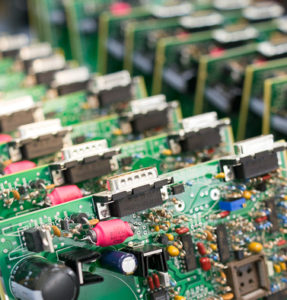 Trust ACME PCB for Quality PCB Manufacturing
Trust ACME PCB for Quality PCB Manufacturing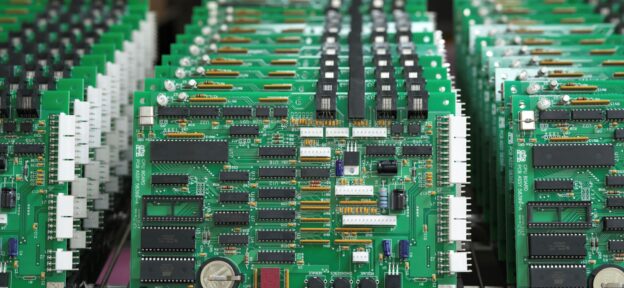
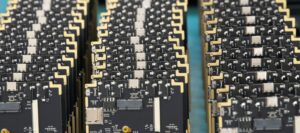 1. Understand Your Application Requirements
1. Understand Your Application Requirements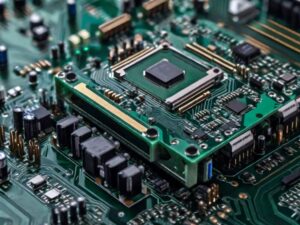 Choosing the right
Choosing the right 